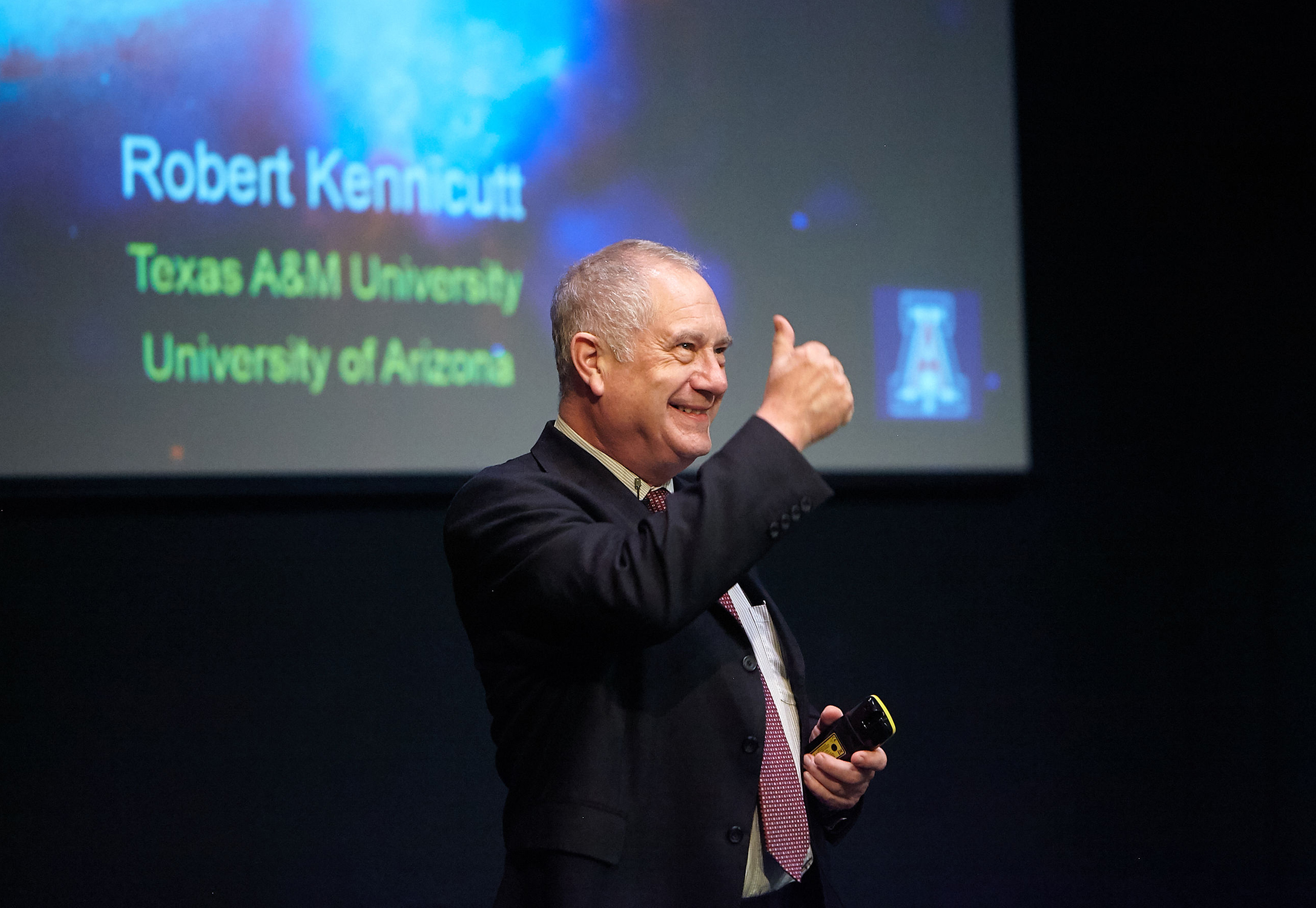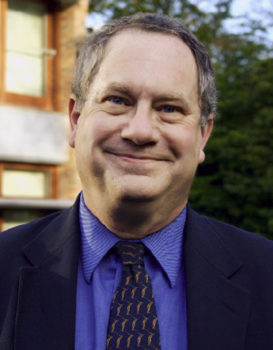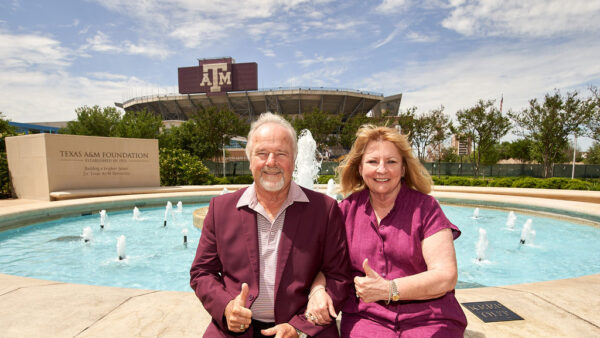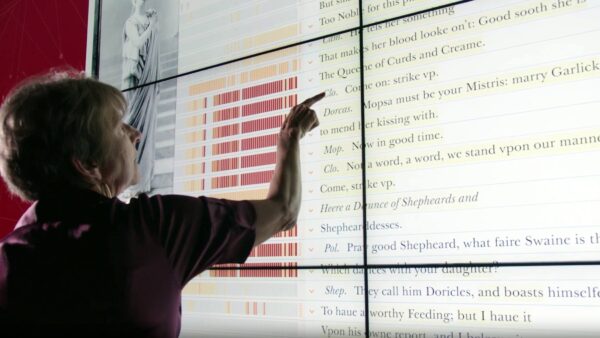
Robert Kennicutt To Lead 2020 Decadal Survey
Texas A&M University astronomer Robert C. Kennicutt Jr. has been selected by the National Academies of Sciences, Engineering and Medicine as one of two co-chairs of the Astro 2020 Decadal Survey — a comprehensive study performed by the Academies every 10 years to help determine and prioritize the most important scientific and technological activities in astronomy and astrophysics for the next decade.
Kennicutt, a globally renowned expert in observational extragalactic astronomy and emeritus professor at the University of Cambridge, was appointed by the president of the National Academy of Sciences along with high-energy astrophysicist Fiona A. Harrison, the Benjamin M. Rosen Professor of Physics and the Kent and Joyce Kresa Leadership Chair of the Division of Physics and Mathematics at the California Institute of Technology.
Among the world’s elite
A member of the National Academy of Sciences and a fellow of both the American Academy of Arts and Sciences and the Royal Society of London, Kennicutt joined the Texas A&M faculty in the Department of Physics and Astronomy earlier this fall after spending the previous year as a Texas A&M Hagler Institute for Advanced Study Faculty Fellow.
Kennicutt was appointed December 1 as executive director of the George P. and Cynthia Woods Mitchell Institute for Fundamental Physics and Astronomy. He also holds a joint appointment at the Steward Observatory at the University of Arizona.

“This represents another step in our efforts to make our physics and astronomy program one of the world’s most elite.”
Kennicutt’s research is focused on understanding the formation of stars and galaxies and on observational cosmology, specifically the cosmic distance scale. He is best known for his work on the Kennicutt-Schmidt law, which relates gas density to star-formation rates and is used in most areas of astrophysics today. He also is known for his role in improving accuracy with regard to the Hubble constant, the unit of measurement that astronomers and astrophysicists use to describe the expansion of the universe.
“We are delighted that Dr. Kennicutt has been nominated for this prestigious honor,” Texas A&M University President Michael K. Young said. “This represents another step in our efforts to make our physics and astronomy program one of the world’s most elite, and we congratulate him on this very significant achievement.”
Prior to joining the Texas A&M faculty, Kennicutt spent 13 years at Cambridge, where he was director of the Institute of Astronomy and the Plumian Professor of Astronomy and Experimental Philosophy, a chair established in part by Sir Isaac Newton and previously held by many notable scientists. He has had prior faculty appointments at the University of Minnesota (1980-1988) and the University of Arizona (1988-2005). Kennicutt earned both his master’s degree and doctorate in astronomy from the University of Washington in 1976 and 1978, respectively, then served as a Carnegie Postdoctoral Fellow at Hale Observatories from 1978 to 1980.
Establishing a vision
During his four-decade-plus career, Kennicutt has contributed to a wide range of astrophysics and cosmology innovation, authoring or co-authoring more than 400 scientific publications cited more than 50,000 times. His work has been recognized with two major international awards — the 2009 Gruber Cosmology Prize and the 2007 Dannie Heinman Prize in Astrophysics — and his past service includes membership on the Committee on Decadal Survey on Astronomy and Astrophysics 2010, the Committee on Astronomy and Astrophysics, and the Task Group on Space Astronomy and Astrophysics. In addition, he has led or co-led several major international legacy projects, including the Spitzer Infrared Nearby Galaxies Survey (SINGS) and Local Volume Legacy (LVL), the Herschel Space Observatory KINGFISH survey, the GALEX 11 Mpc H-alpha and Ultraviolet Galaxy Survey (11HUGS), and the Hubble Space Telescope Key Project on the extragalactic distance scale.
“When I came here 12 years ago to start astronomy at Texas A&M, I never would have believed we would have a faculty member leading the Decadal Survey,” said Dr. Nicholas B. Suntzeff, University Distinguished Professor and Regents Professor of Physics and Astronomy. “This survey lays out the projects astronomers feel should be the highest priority in the next decade and makes the hard choices of which excellent projects may not get funded. It is by far the most important committee in astronomy, given that it sets the roadmap for our science and guides Congressional funding in astronomy.
“Previous Decadal surveys recommended the Hubble Space Telescope, the ALMA radio telescope array, the NASA Great Observatories Program, the present suite of giant telescopes, the Large Synoptic Survey Telescope and much more. This is a big honor for Rob and for Texas A&M — one that takes on special meaning when you consider that the Giant Magellan Telescope, in which Texas A&M is a founding partner, thanks to George P. Mitchell ’40 and and the Cynthia and George Mitchell Foundation, is among those future giant telescopes.”
This article by Shana K. Hutchins originally appeared on the College of Science* website.
* This link is no longer active and has been removed.



